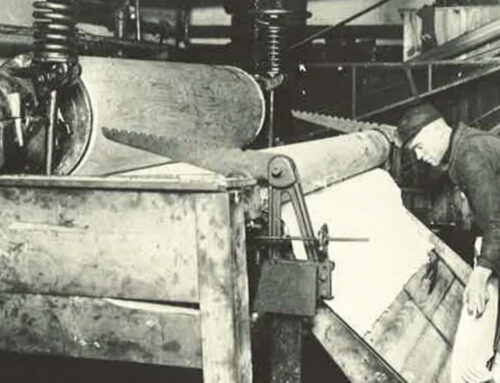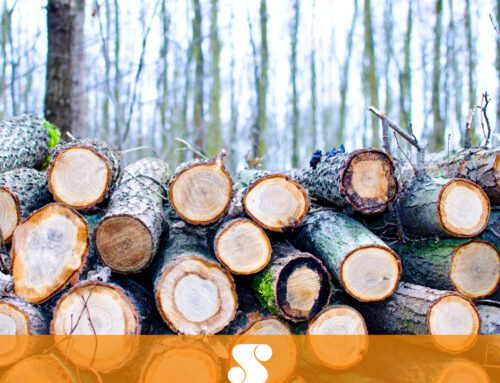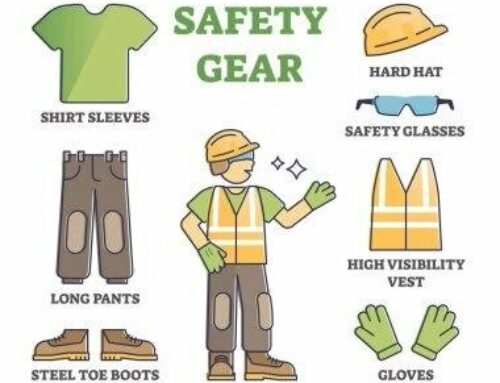FROM THE EXPERT: CAN LINERS 101
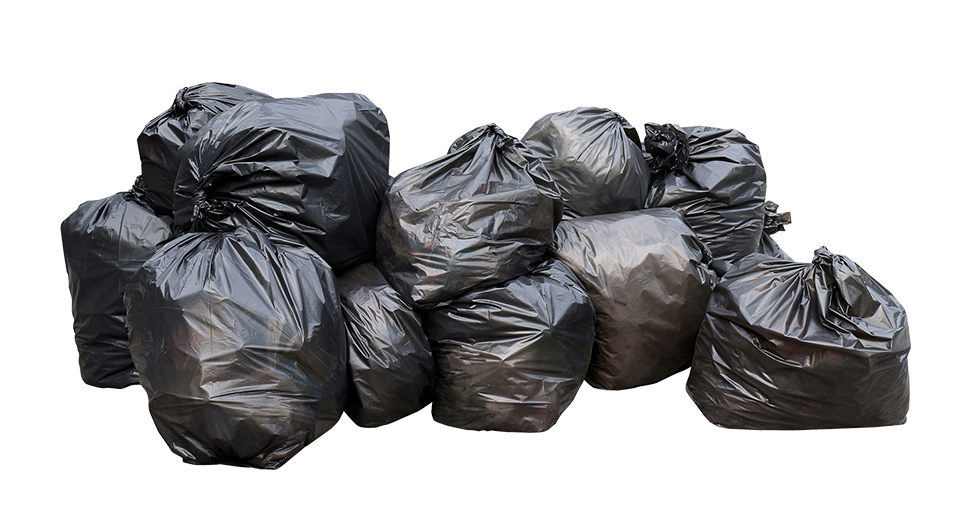
Choosing the right can liner for your specific need can make a world of difference in terms of durability, strength, and cost savings. It’s important to understand the basics of can liners, including the types of resins, gauges, and seals available.
There are three types of resins (or material that makes up the liner):
Linear Low Density Polyethylene: Known for its puncture and tear resistance, making it ideal for waste with sharp edges.
High Density Polyethylene: More temperature-resistant and can be thinner, resulting in lower shipping and warehousing costs.
Low Density Polyethylene: Older option used mainly in lower-end (less expensive) utility liners.
Gauge refers to the thickness. Low density liners are measured in mils and high density liners measured in microns. Linear low density can be run at a lighter gauge while still maintaining strength, making it a popular choice.
Seal refers to how the bag is closed at the bottom. Check out the images and brief explanations for each below:
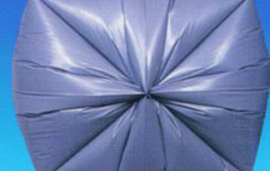
Star Seal (or X-Seal)
The star seal has become the most common type of seal in the market today. Designed without gussets, the star seal eliminates gaps along the edges where leaks can occur. This unique design allows the bag to conform more easily to the shape of a container and distributes the weight of the what is inside evenly around the bag.
Star seal liners maximize the bag’s carrying capacity and virtually eliminate leaks. Star Seal liners are designated in two dimensions (e.g. 40×46) so know the size of the container you are shopping for — Strickland experts can help you find the right size.
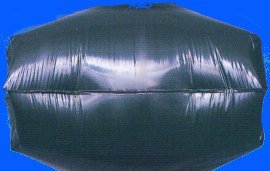
Gusseted Seal
A flat style bag manufactured with both sides tucked in to form gussets. Where indented, the bag has to be sealed through four layers of film, while the middle of the bag has only two layers. This leads to an inherently weak bottom seal making them better for dry waste and lightweight materials.
Gusseted seal liners are designated in three dimensions, i.e., 23×17×46.
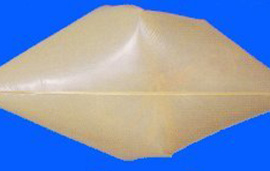
Flat Seal
Just as the name infers, a flat seal is simply a two-dimensional bag with a bottom seal.
Flat seal bags are generally leak-proof, but are very clumsy to handle. Also, they do not conform very well to the shape of most trash receptacles. Like the gusseted seal liner, flat seal liners are designated in two dimensions.


